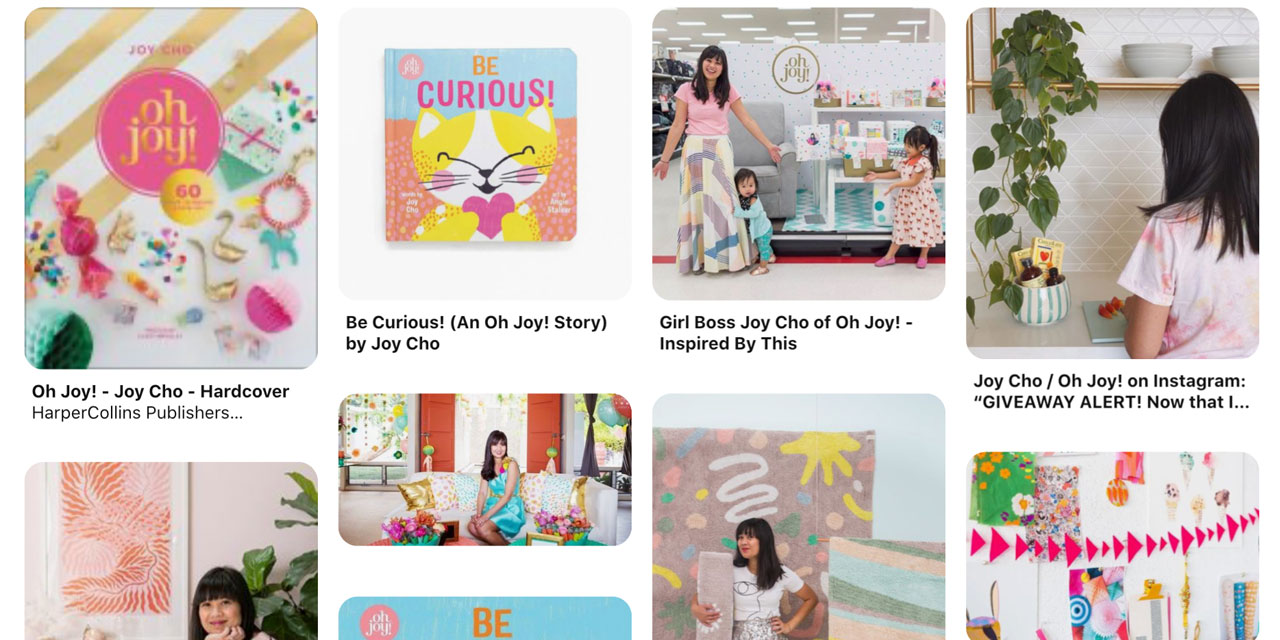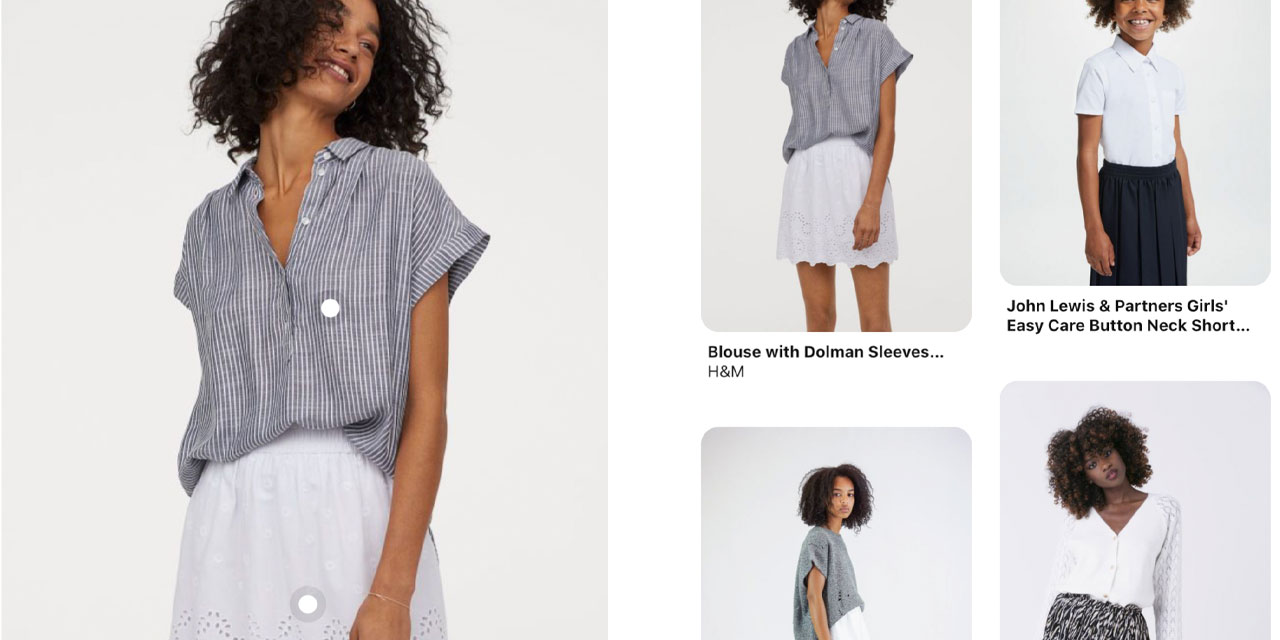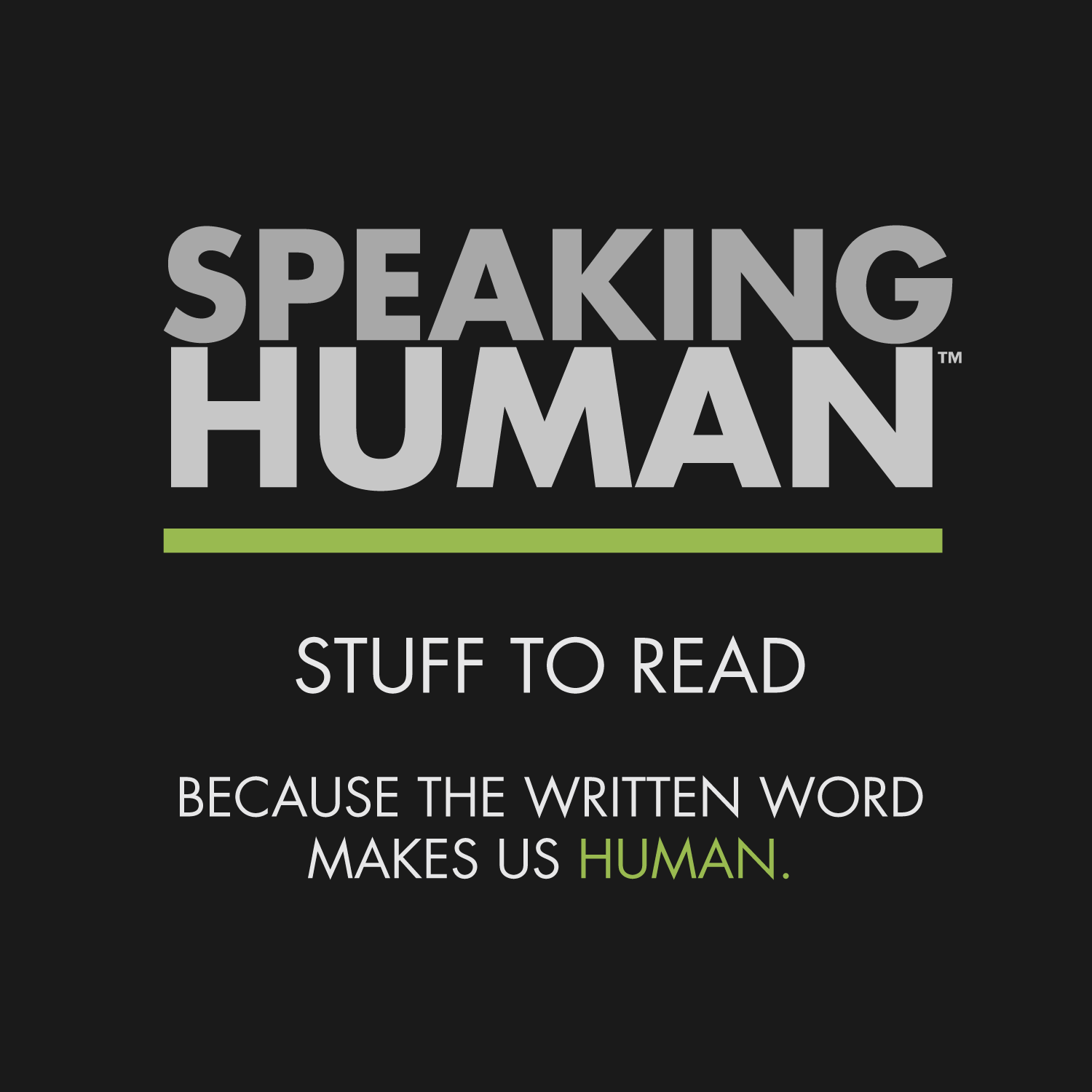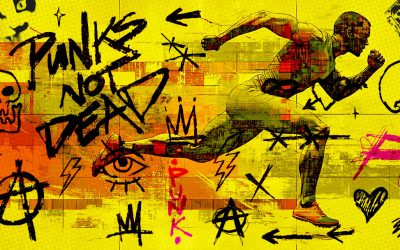Pinfluencers Inspiring Consumers for Their Next DIY Idea, Home Project and Meal Time
This article comes to us from the Speaking Human University Program, which gives voice to the opinions and perspectives of the next generation of consumers and marketers…
How Does Pinterest Work?
With 12 million followers in 2012, Pinterest has grown to over 150 million active users as of 2020. Pinterest allows users to share photos and video content they love and save them to their Boards. Boards are your personal interests and where you save pins for you to revisit later. If you’re like me, I have about 50 different boards filled with many DIY projects. There is also a “Pins” tab where people on Pinterest create content and add it to the web. From makeup to recipes to interior design, Pinterest is a fast growing network with endless ideas for viewers to find and pin.
Pinfluencers
You might be wondering what that strange word pinfluencer means. Put simply—it’s a Pinterest influencer. Influencer marketing has become an emerging social media trend within the last few years, but what is their effect on a social media platform like Pinterest? The idea of Pins are where influencers spend most of their time showcasing their content and gaining engagement with their followers. 55% of US online shoppers pick Pinterest as their favorite social media platform. This gives brands a huge advantage when looking to use influencers (2). Influencers for brands are great at amplifying Pins through the Pinterest search engine. Influencing is not necessarily based upon notifying followers that they have shared new content. Target, for example, started a partnership with Pinterest influencer Joy Cho to promote Target’s new design collaboration. Joy Cho has over 13 million followers as compared to Target who has 1.5 million followers. Working with a Pinterest expert gives brands the ability to steer consumers in the direction of their brand and lead them to make a purchase decision.

Macro vs. Micro
Macro-influencers have a large following and are typically content producers. They reach a wider range of consumers, but this doesn’t necessarily mean their engagement is higher. Pinterest also depends on micro-influencers who post attention-grabbing, relevant, and sometimes fascinating content. Micro-influencers have a following of typically 500-5,000 followers and they can receive 25-50% engagement as compared to macro-influencers who typically receive 5-25% engagement.
What Does the Future Look Like?
Influencers on Pinterest won’t be going away anytime soon. Pinterest added a “Shop the Look” feature which showcases pins with white dots in photos. When clicked on, consumers can shop that product or products similar to the product featured. I believe this feature will become a priority for brands to integrate with their influencers. When an influencer shares a pin for a product, it could have those three white dots and shoppers can directly click on them. This again leads to brand engagement for the company which was inspired by the influencer sharing the pin. This creates more ecommerce traffic for that particular brand and potentially increased sales. The average sales order coming from Pinterest is $50—higher than any other social media platform with a marketplace (3).

The Takeaway
Influencer marketing on Pinterest is a prominent and growing strategy that brands are beginning to take advantage of, but how does it compare to other social media platforms? Instagram is the #1 social media platform at 89% for influencer marketing, while Pinterest sits at 15%. Facebook and Twitter are also rated at a higher percentage than Pinterest. Although these alternate social media channels may be the powerhouses of influencer marketing, Pinterest is not far behind. Influencers on Pinterest have the power of marketing through their Pins. “When an image is pinned to a board on Pinterest, it continues to be visited, looked at, and potentially re-pinned well into the future, whenever that picture shows up in somebody’s search.” Tweets and Facebook posts disappear quickly when scrolling down through people’s feeds. An average Pinterest pin takes three and a half months to receive half of its traffic (half-life). This is compared to 24 seconds for a tweet and 90 minutes for a Facebook post. For brands who want high traffic and engagement with their consumers, Pinterest is the platform to choose.
Will more brands steer towards the efforts of influencer marketing on Pinterest? We’ll have to wait and see. There are definitely great benefits from it and brands would be foolish not to take advantage of it.
SOURCES
- Smith, Craig, and Craig Smith. “275 Amazing Pinterest Statistics.” DMR, 9 Feb. 2020, expandedramblings.com/index.php/pinterest-stats/.
- “Why Influencer Marketing on Pinterest Has Huge Potential for B2C Businesses.” Influencer Marketing Hub, 11 Jan. 2018, influencermarketinghub.com/influencer-marketing-for-pinterest/.
- “5 Ways to Use Pinterest to Grow Your Ecommerce Business.” Sellbrite, 16 July 2019, www.sellbrite.com/blog/pinterest-for-ecommerce/.
- https://www.bigcommerce.com/blog/influencer-marketing-statistics/#10-most-important-influencer-marketing-statistics-for-2020

AUTHOR: Caitlin Vari
ORIGIN: University Program - Speaking Human Contributor
Follow Caitlin on Speaking Human / Human Content from Caitlin








